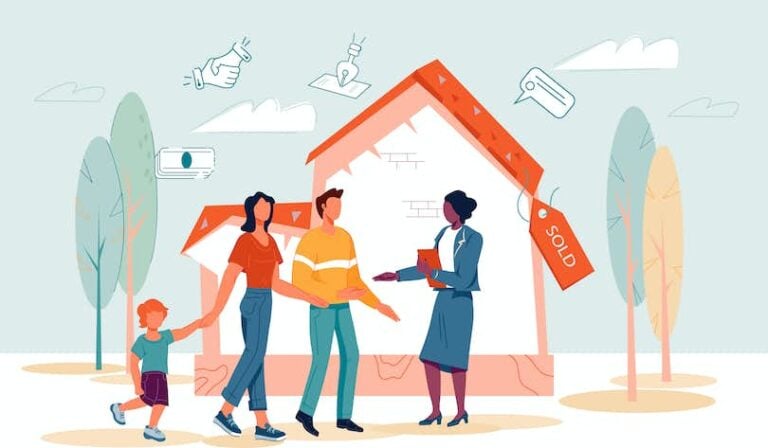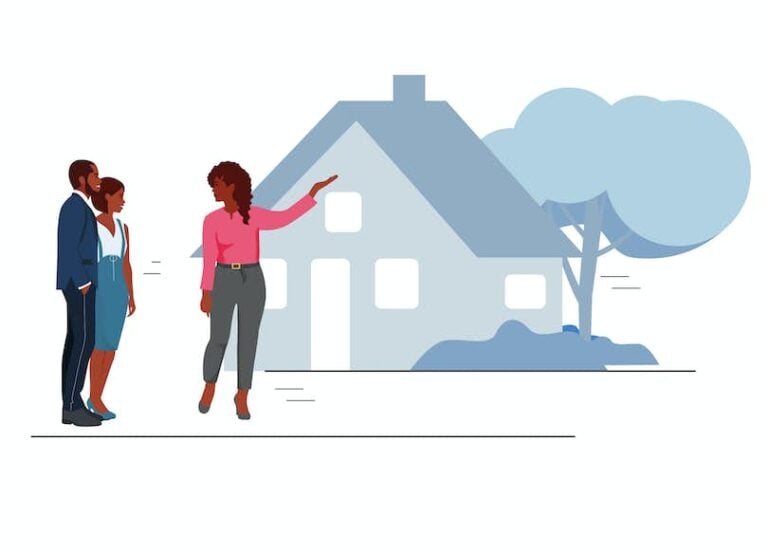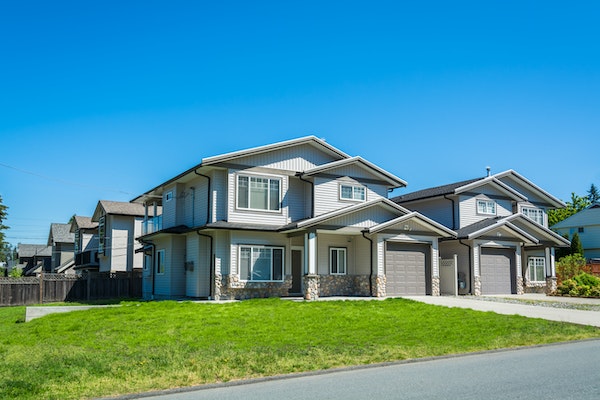Getting ready to sell your house in South Dakota? Our in-depth guide breaks the entire process down into 8 simple steps. Learn how to find a great agent, price your home, negotiate with buyers, breeze through closing, and more!
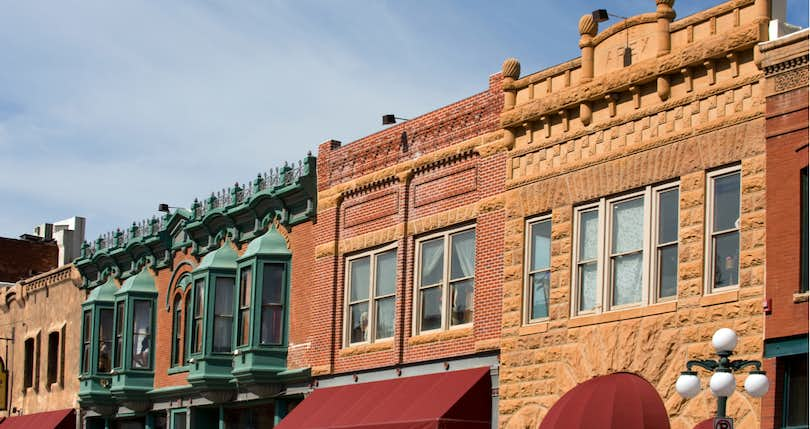
Now is a good time to be selling a house in South Dakota! According to Zillow Research, property values in the Mount Rushmore State rose 3.21% in 2019, and are projected to rise a further 3.99% over the next year.
Of course, even the best South Dakota properties will struggle to sell if you don’t price the home properly, do a poor job of marketing it, or don’t know how to handle the negotiations.
Read on to learn the eight steps to successfully selling your home in South Dakota!
» MORE: Get a free, instant home value estimate now!
JUMP TO SECTION
- 1. Finding a South Dakota realtor
- 2. Deciding when to sell
- 3. Pricing your home
- 4. Preparing, marketing, and showing your home
- 5. Fielding offers and negotiations
- 6. Appraisal and inspections
- 7. Paperwork and required South Dakota disclosures
- 8. The closing process
- Next steps: Sell your South Dakota home and save thousands
1. Finding a South Dakota realtor
Selling a home isn’t easy. It’s a high-stakes, complex transaction and requires a considerable amount of time and expertise to get a good outcome. If you’re looking to sell your South Dakota home for the best price — and minimize stress along the way — you need to find a top-rated real estate agent in your area.
The best South Dakota listing agents know exactly what local buyers want and how to reach them. They’ll offer expert advice, guidance, and support every step of the way, from the initial listing all the way through closing.
In fact, sellers who work with real estate agents net 33% more, on average, than those who list on their own. For a $203,085 home — the median home value in South Dakota, according to Zillow — that’s a premium of $67,018. In other words, hiring an agent is well worth the investment.
2. Deciding when to sell
When you sell your house is just as important as how you sell it. South Dakota’s real estate market can yield wildly different results depending on the season or month in which you make the sale.
Like most other parts of the country, late spring is a good time to sell a house in South Dakota. Demand reduces slightly by summer but remains at healthy levels.
Best time to sell a house across the U.S.
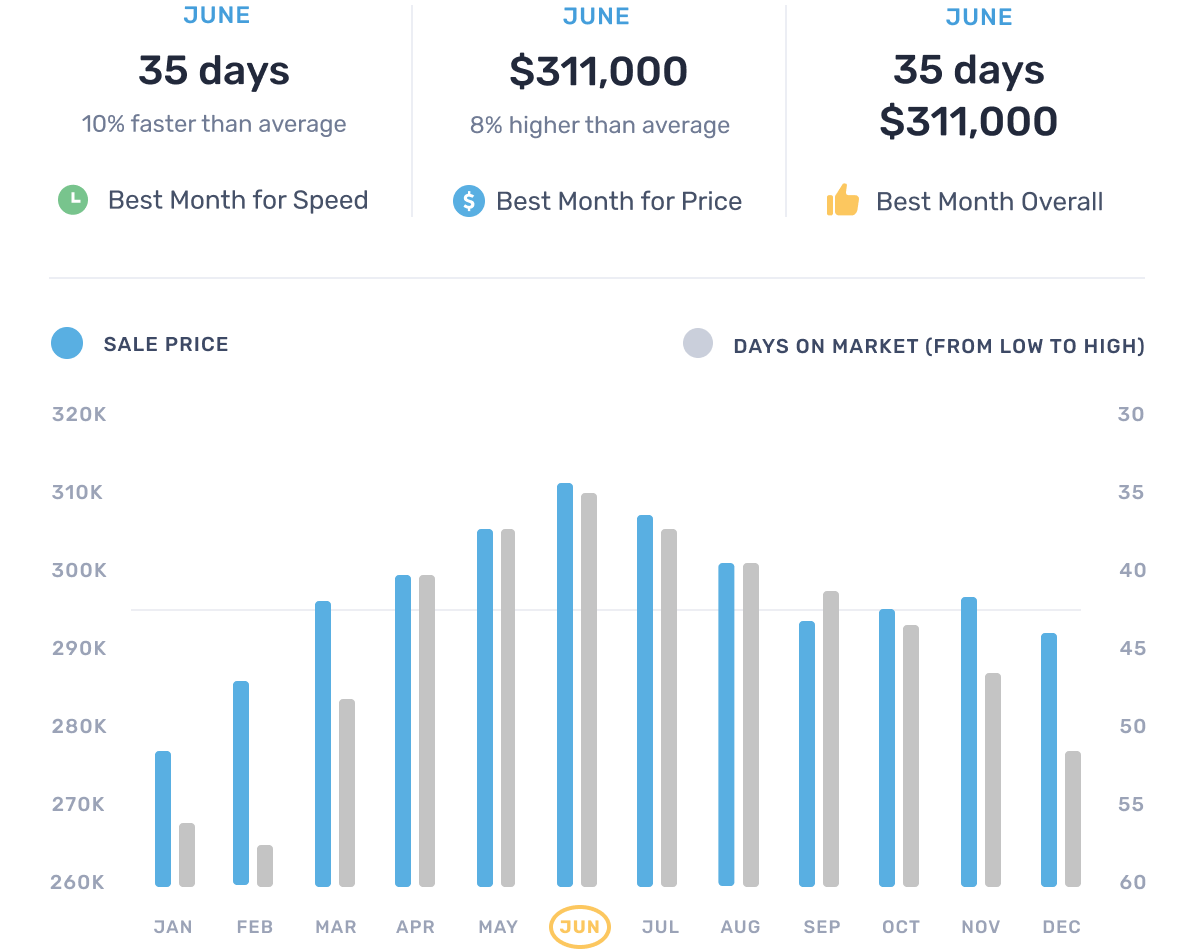
Source: 2019 Redfin Data Center
Best time to sell a house in South Dakota
| Best Month to Sell for Speed in South Dakota | June | 57 days on market | 17 days faster than average |
| Best Month to Sell for Price in South Dakota | November | $199,500 | 2% more than average |
The one time of year you will want to avoid as a seller in South Dakota is the winter. The state experiences some very trying weather starting in November, and the last thing people have on their mind is leaving to view houses to buy.
Learn More: The Best Time to Sell a Home in South Dakota
3. Pricing your home
When it comes time to sell your house, it is essential to know the lay of the land. Specifically, sellers who do best are those who understand how much houses similar to their own sold for.
In real estate talk, that’s called a comparative market analysis (CMA). It is a report that takes into account recent historical data from sales that have happened in the area. CMA’s may also take into account properties that are currently listed on the market as a means to arrive at an accurate appraisal for your own house.
Real estate agents dig into sold property records to obtain data relevant to a comparative market analysis. They start by determining which properties are most comparable to your own. Factors like the characteristics of the house, location, and timing of the sale are taken into account. They then create a comparative market analysis that informs the listing price of your house.
Creating a comparative market analysis is a service that Clever Partner Agents provide to clients for free.
But if you're earlier in the process and just want a general idea of what your house is worth, a free online home value estimator is a great place to start. Enter your address below to see your estimated sale price, as well as useful local real estate market trends. Find out how much your house is worth now!
Discover the true value of your home with our Home Value Estimator!
4. Preparing, marketing, and showing your home
There are a few things every seller must do before listing their home for sale. Doing these the right way can have an impact on how your house is perceived by buyers.
Start with the simple things. Clean the interiors and exteriors thoroughly like you would during a spring cleaning. Then turn your attention to any functional issues like leaky roofs or missing panes. As much as possible, attend to structural issues as and when they occur. Once you’ve addressed those basic fixes, make any renovations that will elevate your house without being too heavy on the pocket.
Next, it’s time to show your house off to the world. Marketing a property the right way is a skill and having the guidance of a real estate agent helps. You could hire a professional photographer to capture your house in the most flattering way possible. Then it’s time to write a great listing and spread the word on MLS listings, social media, and other channels.
At this point, you’re probably going to start receiving requests to see the house. Remember to play the gracious host and make buyers feel welcome. Create a mood where those who visit can see themselves living in the house and not just visiting it.
Learn More: The Best Paint Colors For Selling A House
5. Fielding offers and negotiations
This is when things start getting serious. It’s time to start negotiating a price with the most serious buyers among those who took a look at your house.
Once you have reached an agreement on the price, the buyer’s agent will write up a contract. In South Dakota, buyers can make an earnest money deposit to an escrow agent to show their interest in making a purchase.
The contract is sent to the seller once the buyer has signed off on it. If you’re working with a real estate agent, the document will be reviewed by him and forwarded to you. The contract is then sent to an attorney so the title search and title transfer can be undertaken.
Learn More: Real Estate Counter Offer Etiquette
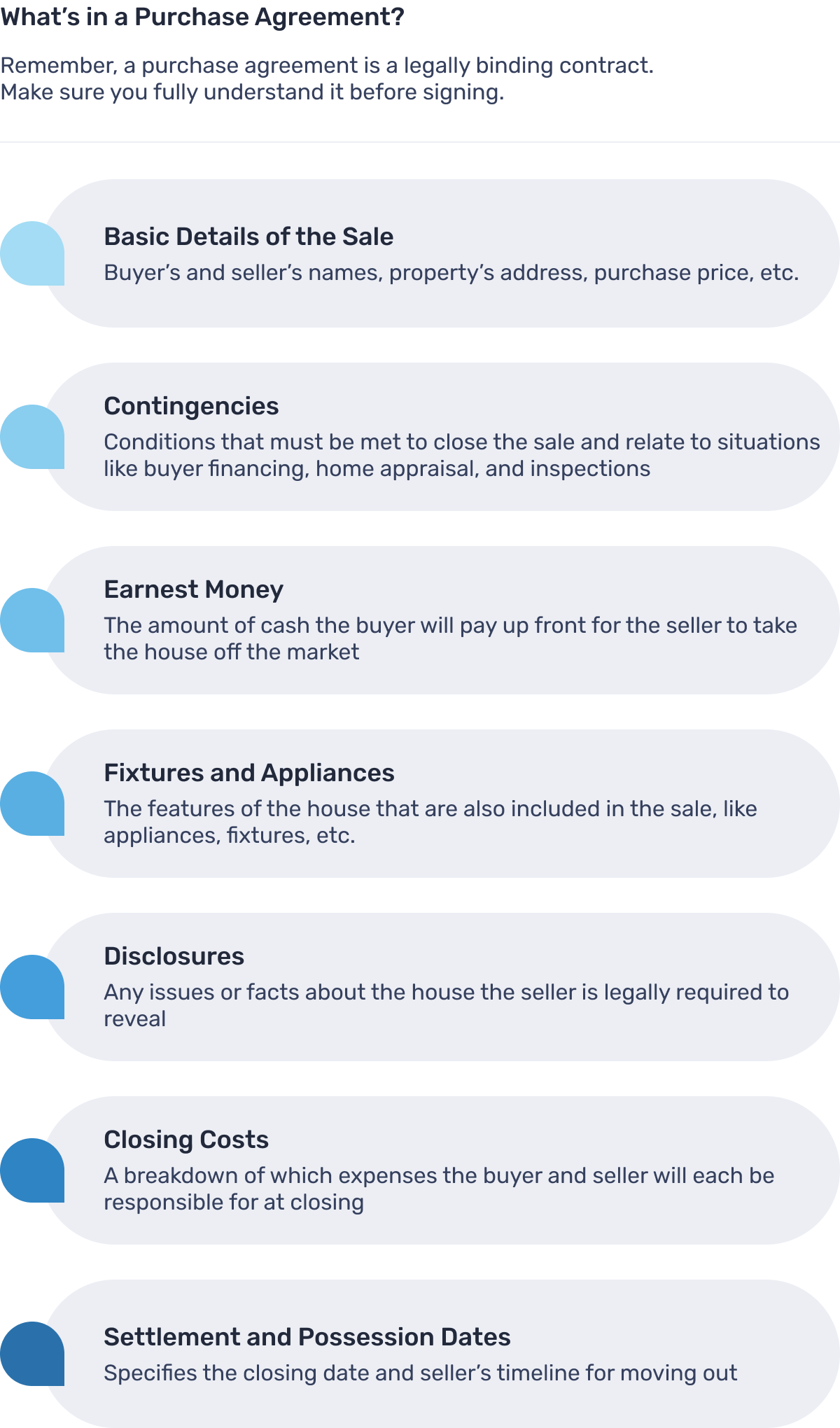
6. Appraisal and inspections
Buyers in South Dakota can choose to carry out inspections within a certain window after the contract has been accepted. A licensed home inspector is hired to examine the property for any structural shortcomings or building code violations.
The results of this inspection are given to the buyer. If the inspection surfaces any serious issues with the property, buyers have two options. They can go ahead and purchase the property in its current state. If not, they can ask the homeowner to repair the faults or negotiate a settlement accounting for the issues with the property. If negotiations fall through at this stage, the buyer can nullify the purchase agreement.
This is also the period during which a property survey is conducted. Lenders often require a property survey sketch before they can greenlight any financing.
Learn More: Can the Seller Back Out of Contract Before Closing?
7. Paperwork and required South Dakota disclosures
There are a few disclosures that owners need to make before they can complete the sale of their house in South Dakota. The information that needs to be disclosed falls under a few different categories.
- Lot or Title Information: Information regarding the lot lines, financial instruments against the property, etc.
- Structural Information: Disclosures about cracked walls or floors, water penetration problems, pest infestations, etc.
- Systems/Utilities Information: A list of the different devices and systems installed on the property
- Hazardous Conditions: The existence of hazardous conditions like asbestos insulations and radioactive materials.
Owners of South Dakota homes built after 1978 also need to fill out a lead paint disclosure that’s mandated by the EPA.
In addition, there will be a mountain of paperwork to keep straight before closing. While it's good to be familiar with all the documents you might need to close on your home, always consult your agent or attorney before signing or filing paperwork. As a licensed professional, they'll make sure you have everything you need for your situation.
Forms and Documents for Selling a House in South Dakota
Required for All Real Estate Sales in South Dakota
- 2 Forms of ID
- Copy of Purchase Agreement and Any Addendums
- Closing Statement
- Signed Deed
- Bill of Sale
- Affidavit of Title
Possible Additional Documents
- Loan Payoff Information
- HOA Forms and Guidelines
- Survey Results or Survey Affidavits
- Home Inspection Results
- Proof of Repairs or Renovations
- Home Warranty Information
- Copies of Relevant Wills, Trusts, or Power of Attorney Letters
- Relevant Affidavits (Name Affidavits, Non-Foreign Affidavit Under IRC 1445, etc.)
- Closing Disclosure (for certain seller concessions)
- Correction Statement and Agreement
South Dakota Disclosure Forms
- Seller’s Property Condition Disclosure Statement
- Flood Zone Statement
- Lead-Based Paint Disclosure
Learn More: Disclosure Requirements in South Dakota
8. The closing process
In the run up to the closing of the deal, an attorney will conduct a title search. If the search comes up clear, a title commitment is issued. The closing date is confirmed with both the seller and buyer at this point.
Next, a calculation is made to determine the value of the cashier’s check that the buyer brings to the closing. That amount is based on property taxes, closing costs of the mortgage, and so on.
Real estate deals in South Dakota are generally closed at one table. The buyer and seller can meet at the office of an attorney or lender to finalize the sale. Closing documents are signed by both parties, including a HUD-1 document.
The buyer then receives the keys to the property, unless there is a separate agreement allowing the seller to reside at the property until a later date.
Learn More: How Much Are Closing Costs for the Seller?
Next steps: Sell your South Dakota home and save thousands
Whether you’re looking to list your South Dakota home immediately or 6-12 months from now, it’s never too early to start looking for an agent, getting advice, and making a plan.
Clever is here to help guide you through the home selling process — and save money along the way!
Want to find a top local agent without overpaying on realtor fees? Clever negotiates 1.5% listing fees with top-rated realtors from trusted brokerages like Keller Williams, RE/MAX, and Berkshire Hathaway.
Get guaranteed full service for a fraction of the 3% rate agents typically charge. Schedule a free, no obligation consultation with a top local agent today!
Top ways to sell your home in South Dakota
- Discount real estate agents in South Dakota
- We Buy Houses for Cash companies in South Dakota
- Flat-fee MLS companies in South Dakota
Additional resources for South Dakota home sellers
- Average cost to sell in South Dakota
- Average time to sell in South Dakota
- How to sell by owner in South Dakota
- Top Agents in South Dakota
- Transfer taxes in South Dakota

